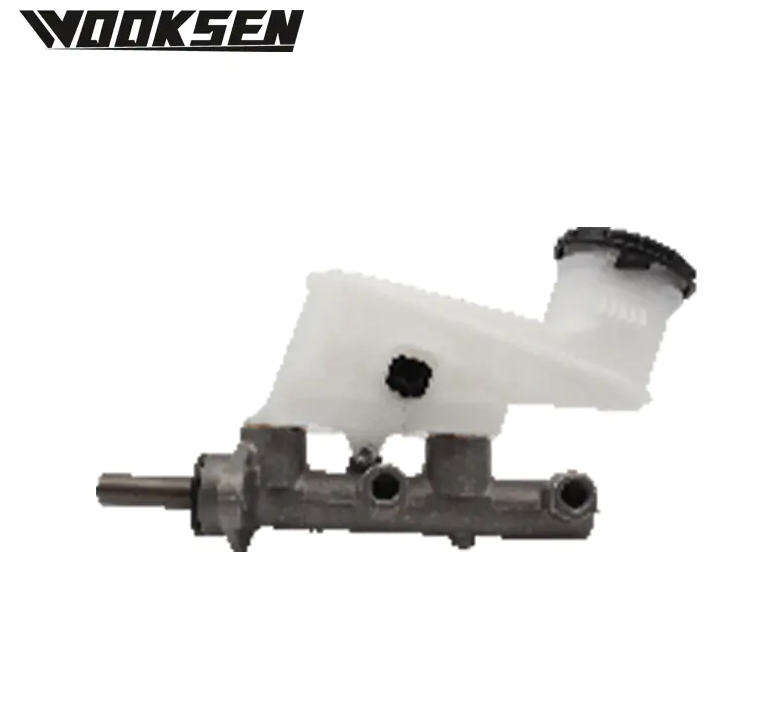Brake Pump Function and System Integration

A brake pump serves as a central component in the hydraulic braking system, supporting the generation and transfer of pressure that allows the driver to bring a vehicle to a controlled stop. Drivers rely on consistent pedal feedback, and the brake pump plays a major role in delivering that familiar firmness each time the brake pedal is pressed. Its ability to regulate hydraulic force helps maintain stability during sudden stops and gradual deceleration.
The function of a brake pump begins the moment a driver applies pressure on the pedal. That force travels through the master cylinder, where hydraulic fluid is pushed through the brake lines. A well-constructed brake pump ensures that this pressure remains steady, even when the system is under thermal stress or experiencing repeated use during long drives. The design must support smooth fluid movement, minimize internal friction, and prevent leakage that could disrupt braking response.
Materials used for the brake pump body and internal components have evolved significantly. Alloys are selected to withstand heat expansion, resist corrosion, and maintain structural rigidity during high-pressure cycles. Manufacturing techniques also influence durability, as precisely machined bores and seals help maintain the proper hydraulic balance. Many pumps incorporate enhanced sealing rings that retain fluid even during temperature fluctuations, ensuring consistent braking force.
Driving environments continue to push brake pumps to operate in diverse conditions. Mountain roads demand stable pressure control during downhill braking, while urban traffic frequently requires quick, repeated stops. A well-engineered pump supports both scenarios by managing hydraulic distribution with predictable behavior. Failures in this component can result in reduced pedal firmness or uneven braking across the wheels, making the selection of a quality brake pump essential for long-term safety.
Routine inspection and maintenance help preserve brake pump performance. Drivers should monitor for symptoms such as fluid puddles near the wheels, a spongy pedal feel, or extended stopping distance. Identifying these signs early prevents more severe system issues. Replacing brake fluid at recommended intervals also supports pump function by reducing moisture buildup within the hydraulic system.
Brake pumps continue to adapt with improved internal architecture and more reliable sealing methods. Their contribution to braking precision ensures that drivers maintain control in routine driving and emergency situations alike. The brake pump may appear small compared with other mechanical components, yet its influence on safety is significant, providing dependable hydraulic support throughout a vehicle’s lifetime.



